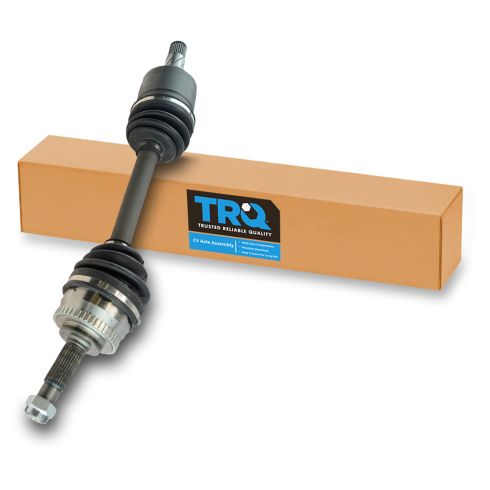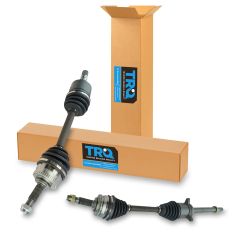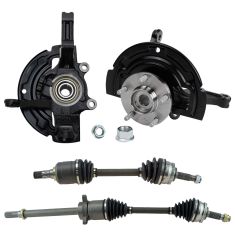1AACV00214-2002-06 Nissan Altima L4 2.5L Automatic Transmission Front Driver Side CV Axle Assembly TRQ CSA82207

Replaces
2003 Nissan Altima L4 2.5L Automatic Transmission Front Driver Side CV Axle Assembly TRQ CSA82207

Product Reviews
Loading reviews
5.00/ 5.0
1
1review
Cv axle
August 9, 2017
Works great! Love it and now I know where to buy parts for cheap that actually work great!
Customer Q&A
No questions have been asked about this item.
Nissan is a registered trademark of Nissan Motor Co., Ltd. 1A Auto is not affiliated with or sponsored by Nissan or Nissan Motor Co., Ltd.
See all trademarks.











